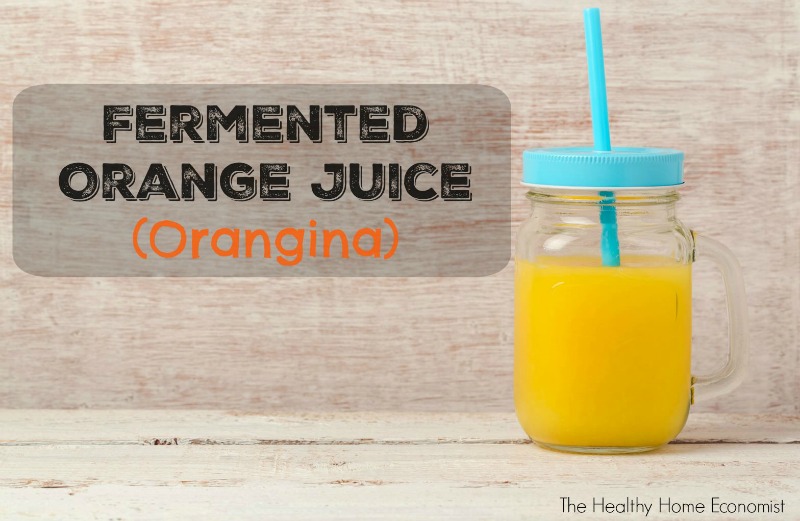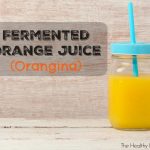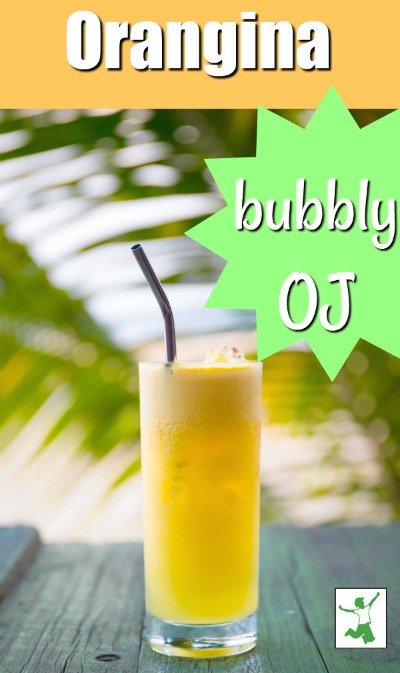Table of Contents[Hide][Show]

The most commonly grown fruit tree in the world is the orange. This familiar fruit is a hybrid of ancient cultivated origin, possibly the pomelo and mandarin. The many varieties of orange are widely grown in warm climes. Brazil and the United States are the primary producing countries. Within the United States, California and Florida predominate.
The elementary school I attended in Dunedin, Florida happened to be located only a few miles from a Hood’s orange juice factory. This facility is now owned by Coca-Cola.
Many days, my classmates and I could smell the distinctive aroma of burning citrus peels from the belching smokestack. While this unusual smell didn’t bother me too much, many of my classmates found it nauseating. Some even stayed indoors for recess on days when the wind was blowing in the school’s direction.
Commercial Orange Juice Processing
While burning citrus peel waste may not seem too problematic, the process of extracting the juice from the oranges in a factory setting definitely is.
Conventional oranges are sprayed heavily with a class of pesticides called cholinesterase inhibitors. This class of chemicals is known to be highly toxic to the nervous system. A single orange juice factory is able to squeeze up to 1,800 tons of oranges each day. This is accomplished by placing the entire orange into the pressing machines – pesticides and all!
As if that isn’t enough, juice manufacturers use acid sprays during processing. These chemicals extract every drop of juice from each orange. This includes orange oil from the skin. Every glass of “healthy” supermarket OJ contains traces of these toxic residues. Shockingly, these toxins are not listed on the label. (1)
While orange juice can and should be a wonderfully healthy beverage, processed orange juice from the supermarket is clearly to be avoided!
How to best make orange juice a healthy choice? Surely, freshly squeezed from unsprayed oranges is the best choice. If you’re game, you can take it one step further adding probiotics to the mix.
How to Make Orangina
It is easy to ferment orange juice into the delicious, bubbly beverage commonly referred to as orangina. The process adds a healthy dose of probiotics along with enhanced nutrition and enzymes too.
A dozen medium-sized oranges are all you need to get started with homemade orangina. Unsprayed or organically grown is best. If you can’t easily obtain a bag of oranges, many health food stores sell unpasteurized orange juice in the refrigerated section. I’ve seen freshly squeezed OJ at Whole Foods year-round. While purchasing fresh juice is a good alternative, squeezing your own is the most economical way to make this popular fermented beverage.
Recipe adapted from Nourishing Traditions Cookbook

Orangina Recipe
Easy recipe for fermenting fresh squeezed orange juice into bubbly orangina. A great alternative to orange soda!
Ingredients
- 12 oranges medium-sized, preferably unsprayed or organic
- 1-2 tsp orange extract preferably organic
- 3 cups filtered water
Fermentation Starter
- 1/4 tsp sea salt Use with whey as the fermentation starter. Do not use with dairy-free fruit and vegetable starter.
- 1/4 cup liquid whey Use in combination with sea salt as the fermentation starter. Do not use with dairy-free fruit and vegetable starter.
- fruit and vegetable starter Use instead of whey and sea salt as a dairy-free fermentation starter.
Instructions
-
Squeeze the oranges to produce about 1 quart of unfiltered juice. Add water and mix well in a half-gallon mason jar (I use these) taking care to leave a minimum of an inch at the top.
-
Stir in the sea salt and orange extract. Screw on the lid and leave on the kitchen counter for two days. Refrigerate.
-
You may serve the chilled orangina plain or mixed with a bit of natural mineral water to add additional carbonation.
-
Alternatively, you can bottle the fermented orange juice to transform it into orangina – a bubbly orange soda-like beverage.
-
The orangina will last a month or two in the refrigerator and will develop an appealing orange/banana-like flavor after a few days.
Recipe Video
Recipe Notes
Fermented OJ is easily bottled into bubbly orangina. For many, this represents a worthy and healthy alternative to orange soda. This article plus video outlines the process for bottling homemade soda.

More Fermented Drink Recipes to Enjoy!
Switchel: Nature’s Healthy Gatorade
How to Make Traditional Root Beer
How to Make Fermented Lemonade (Hindu Lemonade)
How to Make Ginger Ale








How much water do you add for this recipe?
3 cups.
Noo! Essential oils are for external use only. I hope you’re well.
The recipe calls for orange extract … NOT orange essential oil. Please click on the link to see suggested ingredient.
Can you use essential oils instead of orange extract?
I’ve not tried this.
I’ve not tried orange essential oil. I would not recommend it as I think it would be too strong.
Can you use essential oils (wild orange) instead of extract?
Hi. I have a question about this amazing recipe. I roughly followed your recipe-i peeled 7 organic oranges and blitzed them in my blender. (I wanted to extra fibre) I then added the salt and whey and filtered water (minus the orange extract). I stored it in a 2 liter glass bottle with an airlock (like a cider or beer making bottle) i left it on the bench for 3days until air bubbles started to bubble out of the airlick. When i opened the bottle to rebottle the juice for the second fermentation(for the extra bubbles ) i noticed that some of the pulp had set like jelly. I wasnt sure if this was the pectin in the oranges or something else. It tastes and smells fine its just kinda like lumpy orange juice with jelly.
It’s not a good idea to ferment anything with the skin as this greatly increases the chances for mold. If yours came out fine, that’s great!
I made this 2 days ago and left it out on the counter in the kitchen (68-70 degrees) for the past 2 days… just opened it up and it smells like rotten eggs??? What would cause it to smell like sulfur? Does it need to ferment longer or is it bad?
Sounds like it’s bad. Did you use fresh OJ?
I made this and let it sit exactly 48 hours. I opened to stir, but noticed there was no fizz or bubbling. I followed the instructions exactly 🙁 What could be the problem? We keep the house between 70 and 72 degrees.
Since it did not fizz, is it still okay to drink?
It’s still fine. Probably not much fizz as your home was cool. You can bottle it (see link in post for how-to) to get the fizz if you like.
I made this and today is the second day yet I see no sign of bubbling with my juice. Is it not visible in juices? I am new to fermenting but I have done sauerkraut and a few other vegetables which always bubbled within a day or so. I added more than enough fresh whey to my orange juice and there are no signs of spoilage. Am I simply being impatient?
Must the half-gallon jars used for orangina and Hindu lemonade be sterilized for 10 or more minutes in boiling water? I’m having a problem finding a large enough container to sterilize the large jars. I have the same question with kraut, though I make that in quart jars and can properly sterilize those jars more easily.
Can you add essential oils to the fermented beverage? I would rather use wild orange then orange extract.
That should be fine.